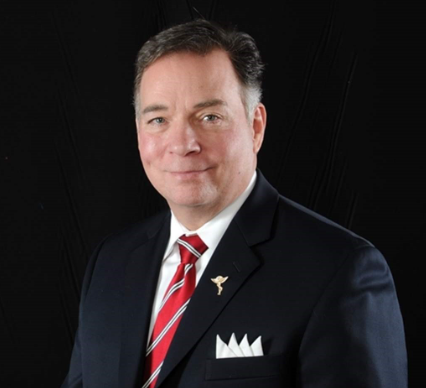In the complex spectrum of neurogenic disorders, Muscular Dystrophy (MD) holds a prominent place. Dr Gary Edwards However, this diagnosis doesn’t spell the end of a fulfilled, normal life. This blog post aims to understand Muscular Dystrophy and to highlight how those diagnosed can still live and adapt meaningfully.
Muscular Dystrophy: An In-Depth Overview
Dr Gary Edwards Muscular Dystrophy encompasses a group of genetic diseases characterized by the progressive weakness and loss of the body’s muscles. The conditions, which differ in their symptom onset, severity, and progression rate, occur due to the mutations in the genes responsible for healthy muscle production.
Common symptoms might include muscle weakness, delayed development of motor skills, difficulty walking or difficulties with heart and lung function.
Living With Muscular Dystrophy
Embracing Life Beyond The Diagnosis
A diagnosis of Muscular Dystrophy undoubtedly changes life dynamics, but it doesn’t make a fulfilling, enjoyable life any less possible. Here’s how:
• Leverage Adaptive Technologies: Use of mobility aids and assistive devices can significantly improve the quality of life and independence.
• Stay Active: Engage in light, doctor-recommended exercises to keep the body agile and enhance overall well-being.
• Join A Support Group: Connecting with others sharing similar experiences allows for shared understanding and camaraderie.
Experts like Dr Gary Edwards can provide personalized guidance to help manage life with Muscular Dystrophy.
Adapting To Muscular Dystrophy
A New Normal: Adapting To Life With Muscular Dystrophy
Several adjustments can facilitate a smoother transition to life with Muscular Dystrophy:
• Open Communication: Be open about the condition, needs, and challenges with family, friends, and colleagues to encourage understanding and support.
• Seek Physical Therapy: Regular physiotherapy can help manage symptoms and maintain mobility for as long as possible.
• Create A Safe Environment: Make necessary modifications to your living spaces to reduce risk of accidents or injuries.
Conclusion
Living with Muscular Dystrophy requires adaptability, patience, and embracing a new normal. The journey might be challenging, but remember, help and support are around the corner. Professionals can provide guidance and equip you with the tools to live and adapt with this neuromuscular disorder, making your journey more comfortable and dignified.
